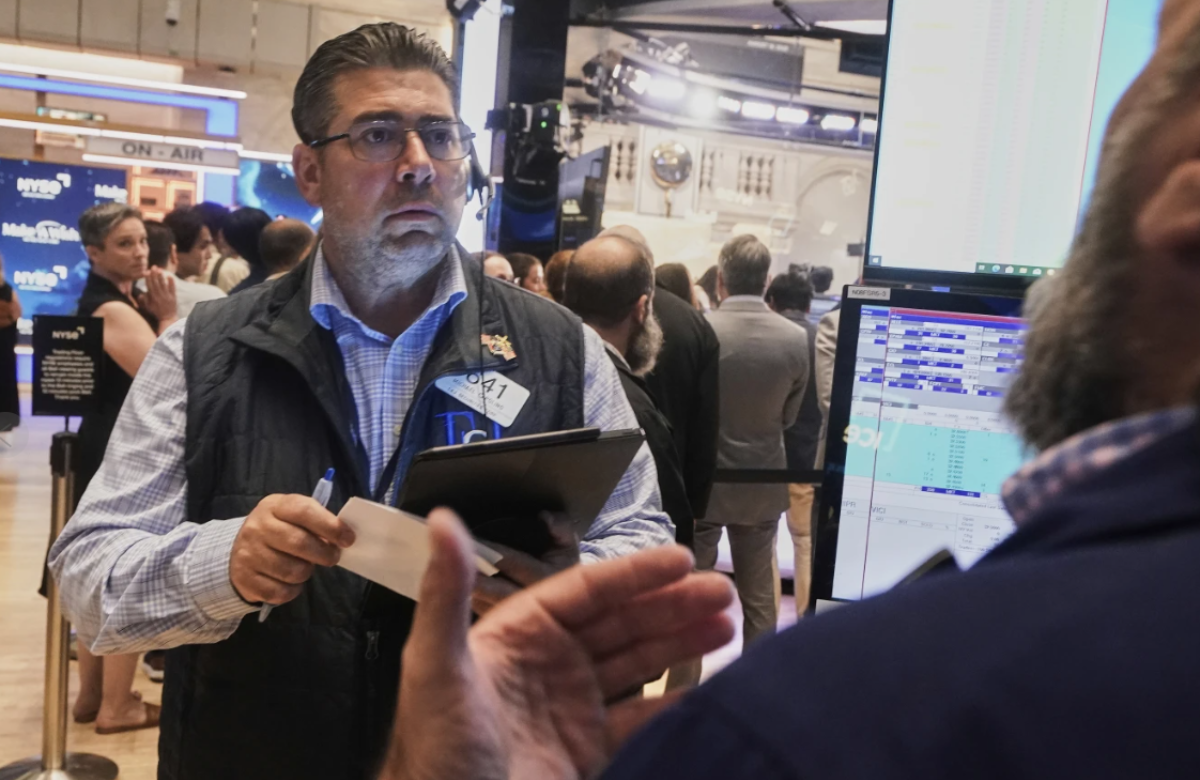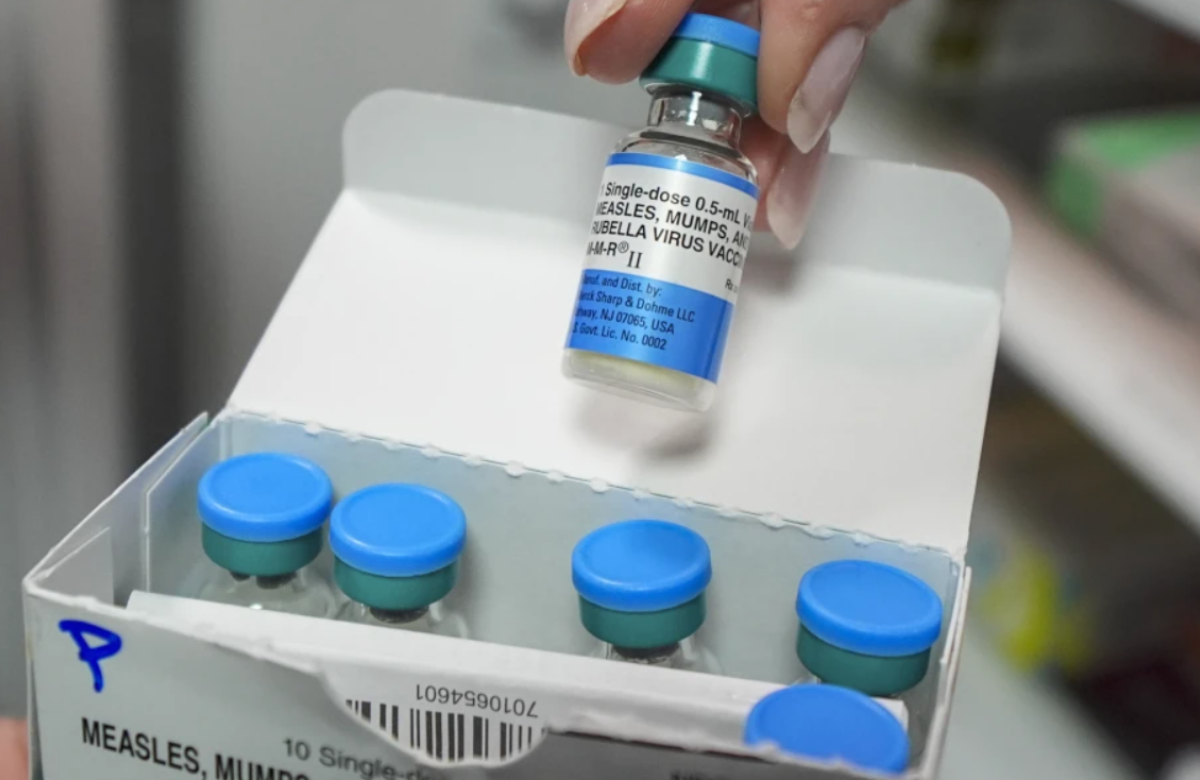On Monday, Google announced that it has overcome a major hurdle in quantum computing technology. Their next- generation quantum chip has solved a mathematical problem in just five minutes, which would have taken a conventional computer longer than the history of creation.
Like other tech companies like Microsoft, IBM, Alphabet’s Google is also determined to make its mark in the field of quantum computing. Quantum computers promise to work much faster than today’s fastest computers. Although the mathematical problem solved by Google’s quantum lab in Santa Barbara, California, is not for commercial use, it is hoped that in the future quantum computers will be useful for solving difficult problems in fields such as medicine, battery chemistry and artificial intelligence.
Google’s new chip, called “Willow,” contains 105 “qubits,” the key building blocks of a quantum computer. Qubits are very fast but unstable to errors. Not only this, they can also suffer from misperformance due to minor motions caused by sub- atomic particles.
As more and more qubits are packed into a chip, the number of errors increases and it can become as ineffective as a conventional computer chip. Because of this, scientists have been working on quantum error correction technology since the 1990s.
According to a report published in the journal Nature on Monday, Google has found a way to connect the qubits in the Willow chip in a way that reduces the error rate as the number of qubits increases. The company also claims that it can actually correct errors in real- time. This is an important step towards making quantum computers practical.
“We have now reached an important point,” said Hartmut Neven, head of Google’s quantum AI unit.
In 2019, Google claimed that its quantum chip had solved a problem that would have taken a conventional computer 10,000 years to solve. But IBM objected to this, saying that according to their technical calculations, the problem could be solved in just two and a half days.
Google has said that it will take a billion years for a computer to achieve results similar to Google’s new chip.
Some rival companies are producing chips with more qubits than Google. But Google is currently focusing on building more reliable qubits, said Anthony Magrant, chief architect of Google Quantum AI.
The earlier chip was developed by Google at the University of California, Santa Barbara. But they have created their own separate fabrication facility for the Willow chip. Megrant said the new facility will help Google produce future chips faster. These chips are cooled by placing them in large freezers (cryostats) for experiments.
“If we have a good idea, our role is to get it into a clean lab and put it in one of the cryostats and try it out as quickly as possible,” Megrant said.














